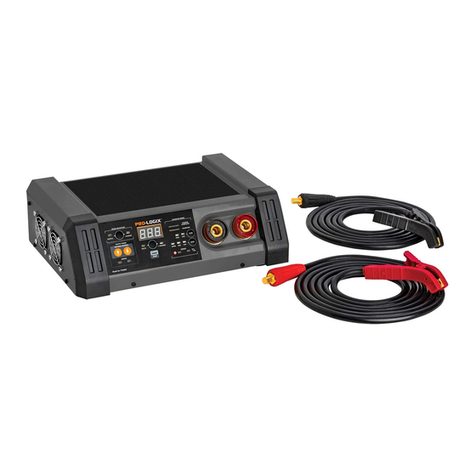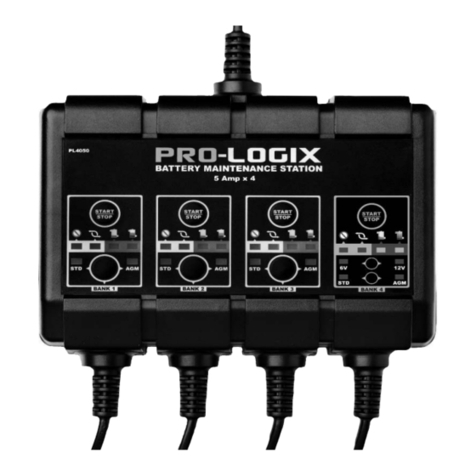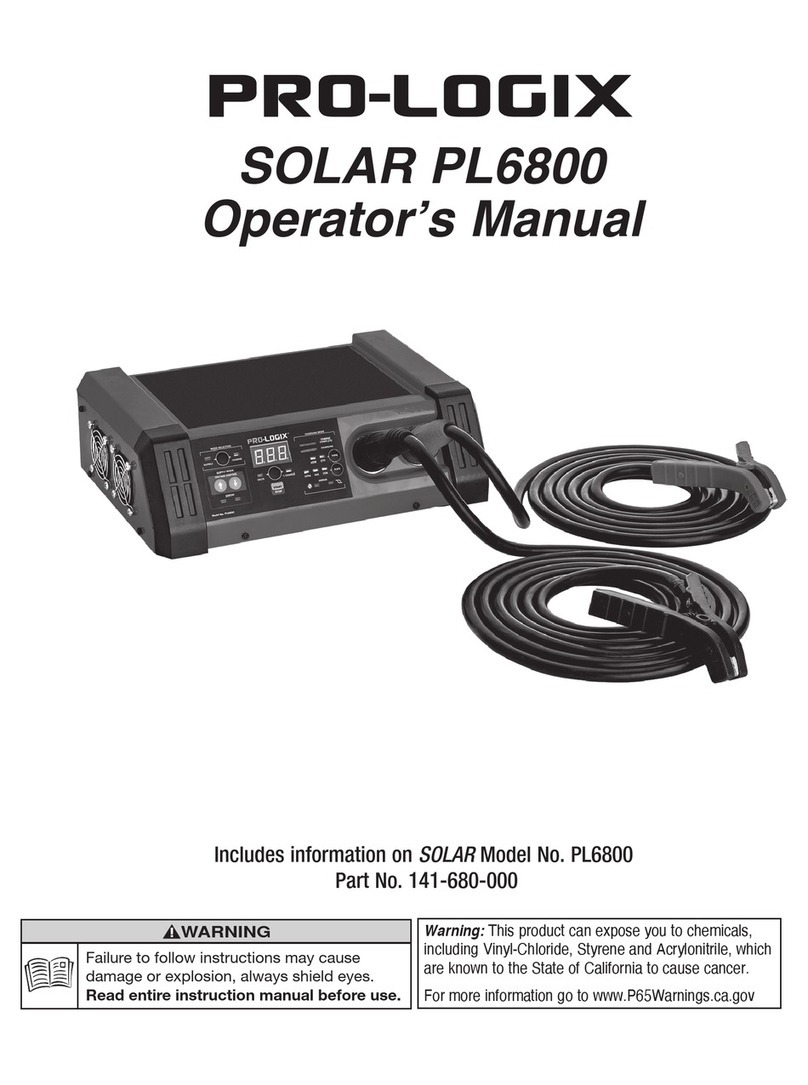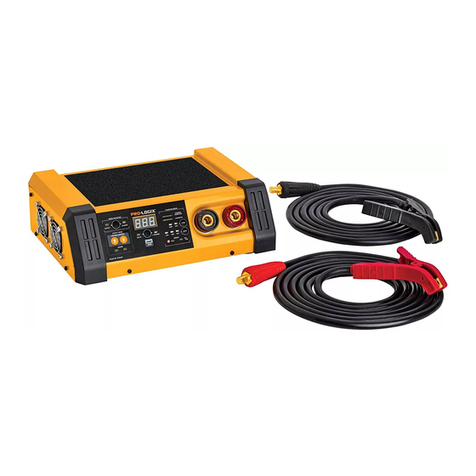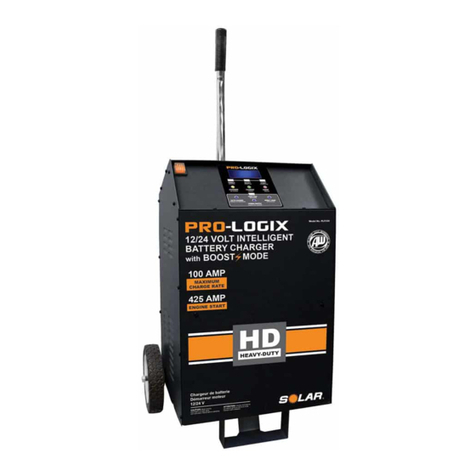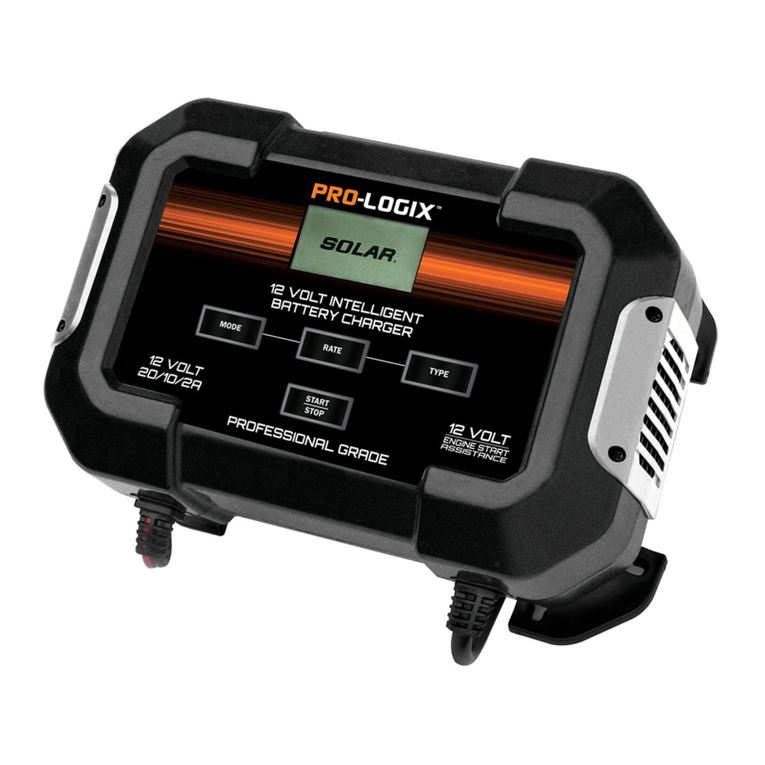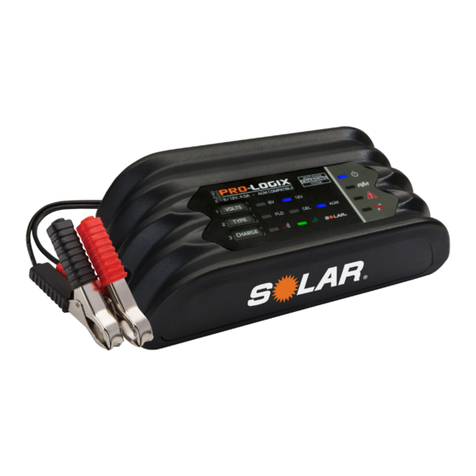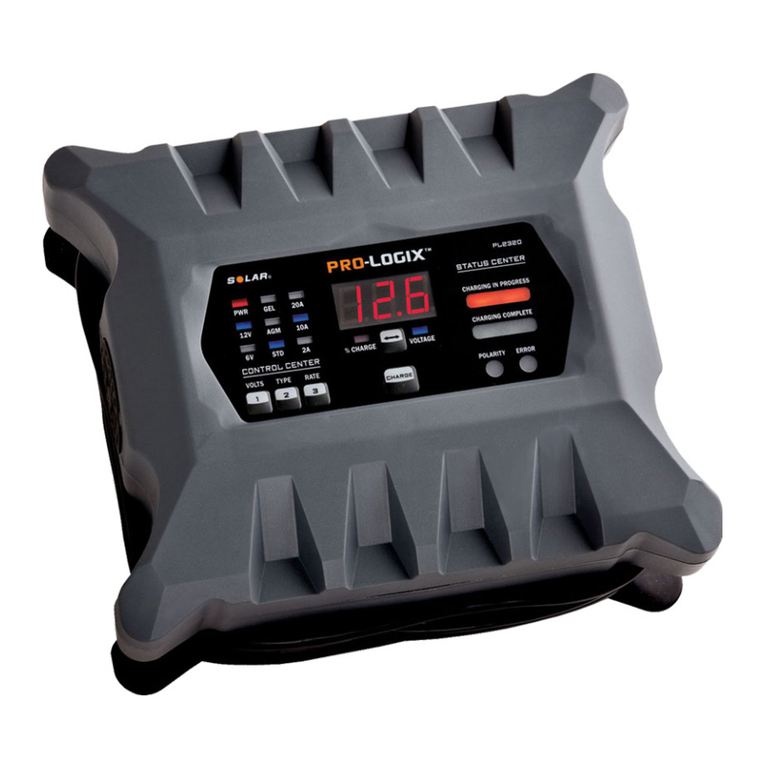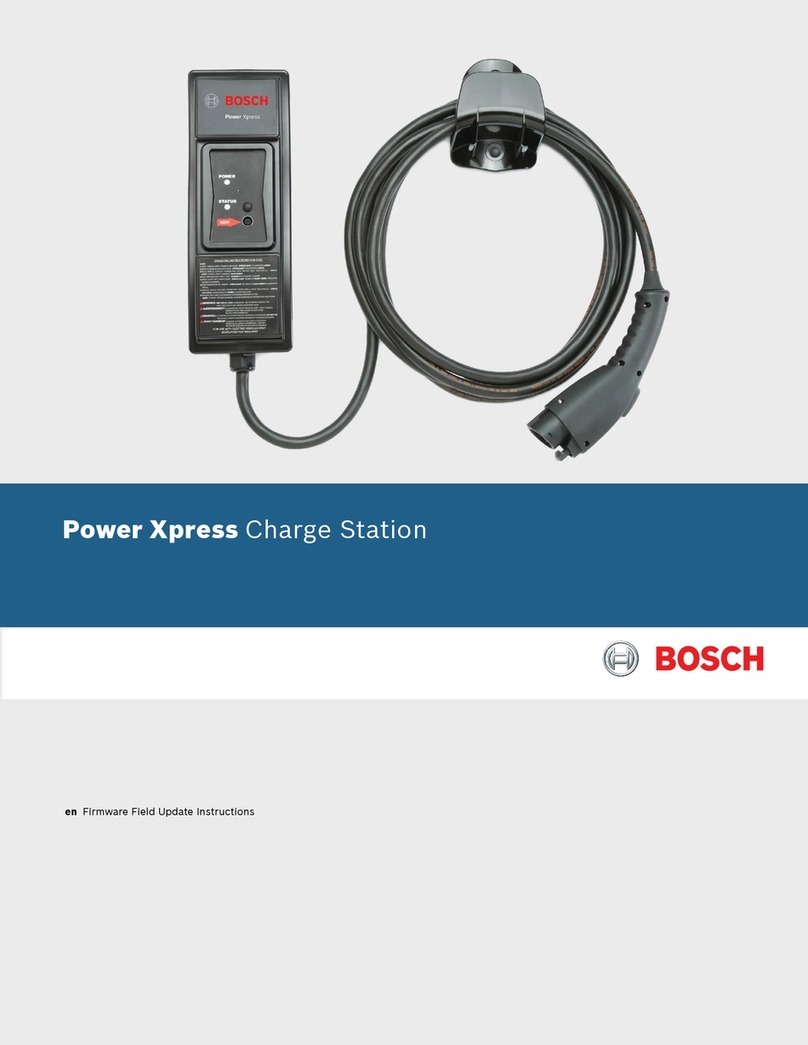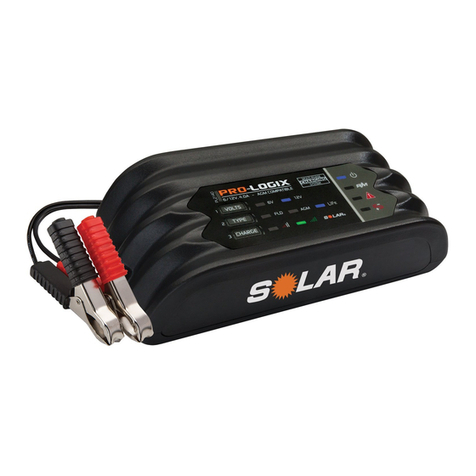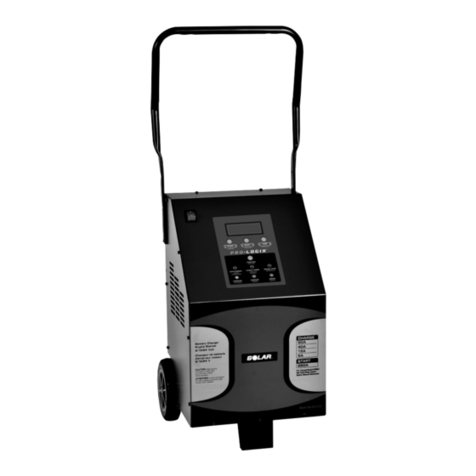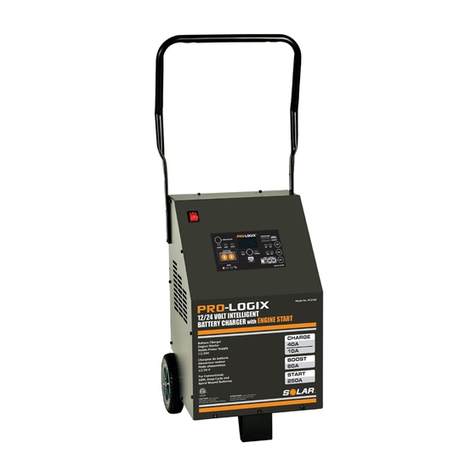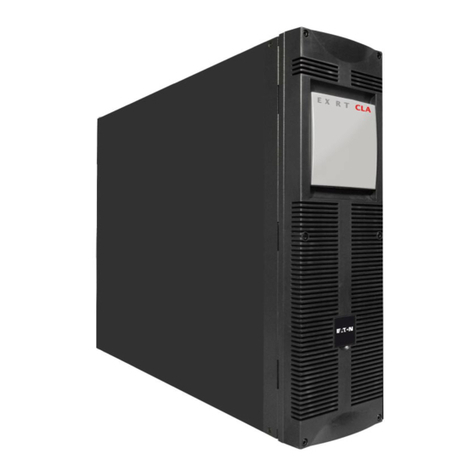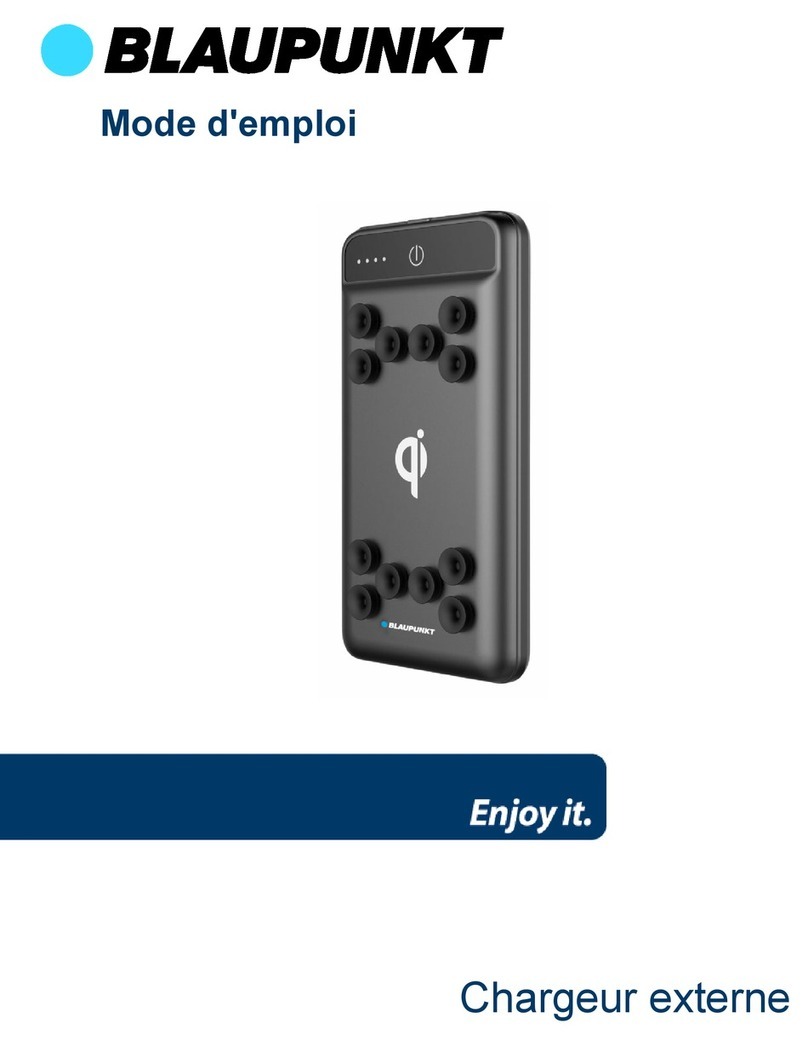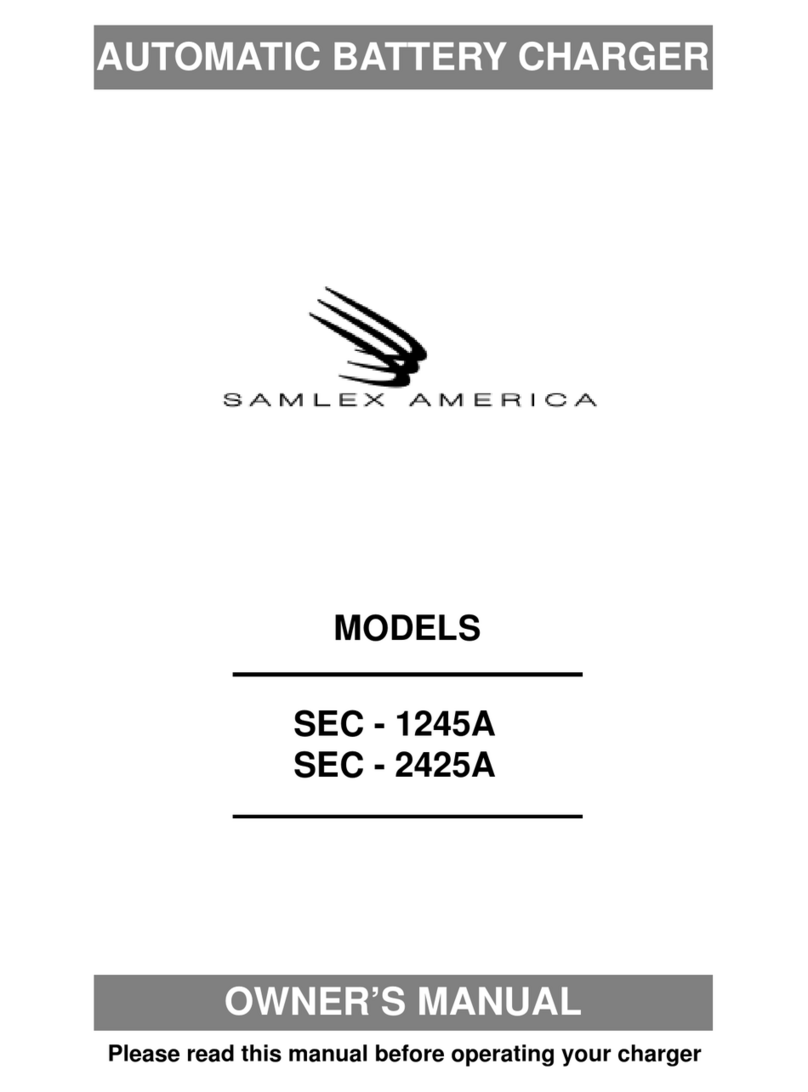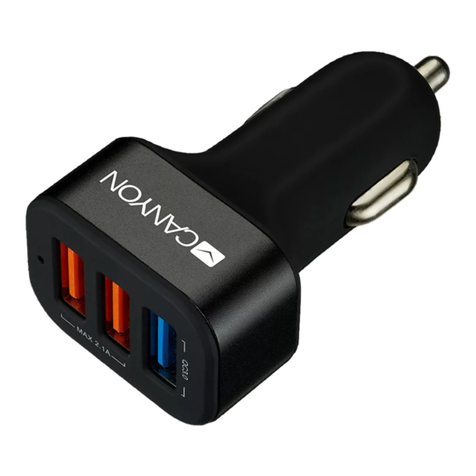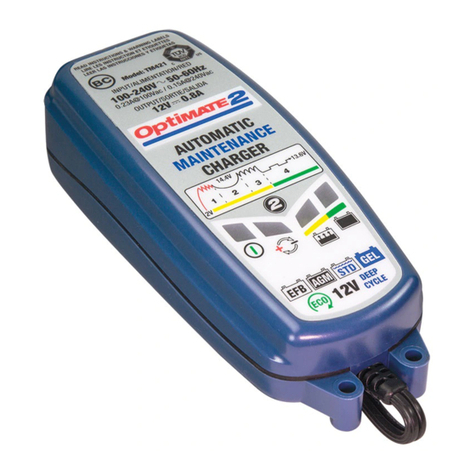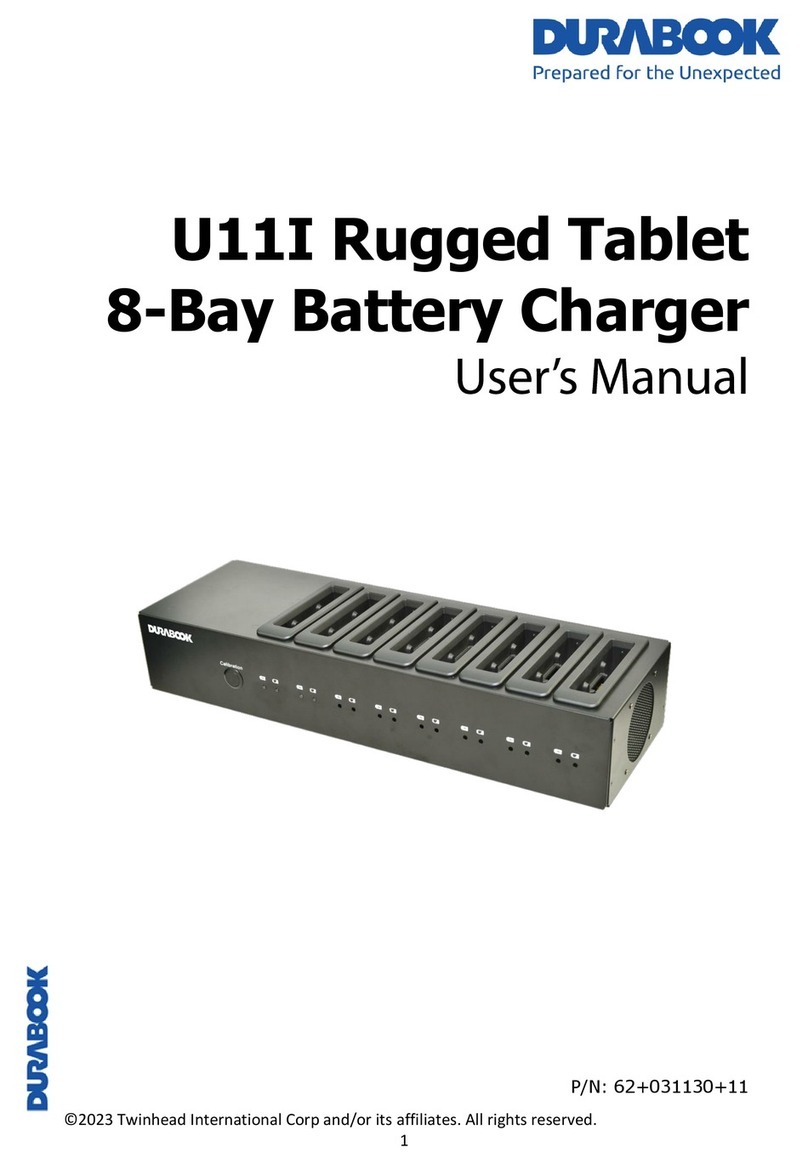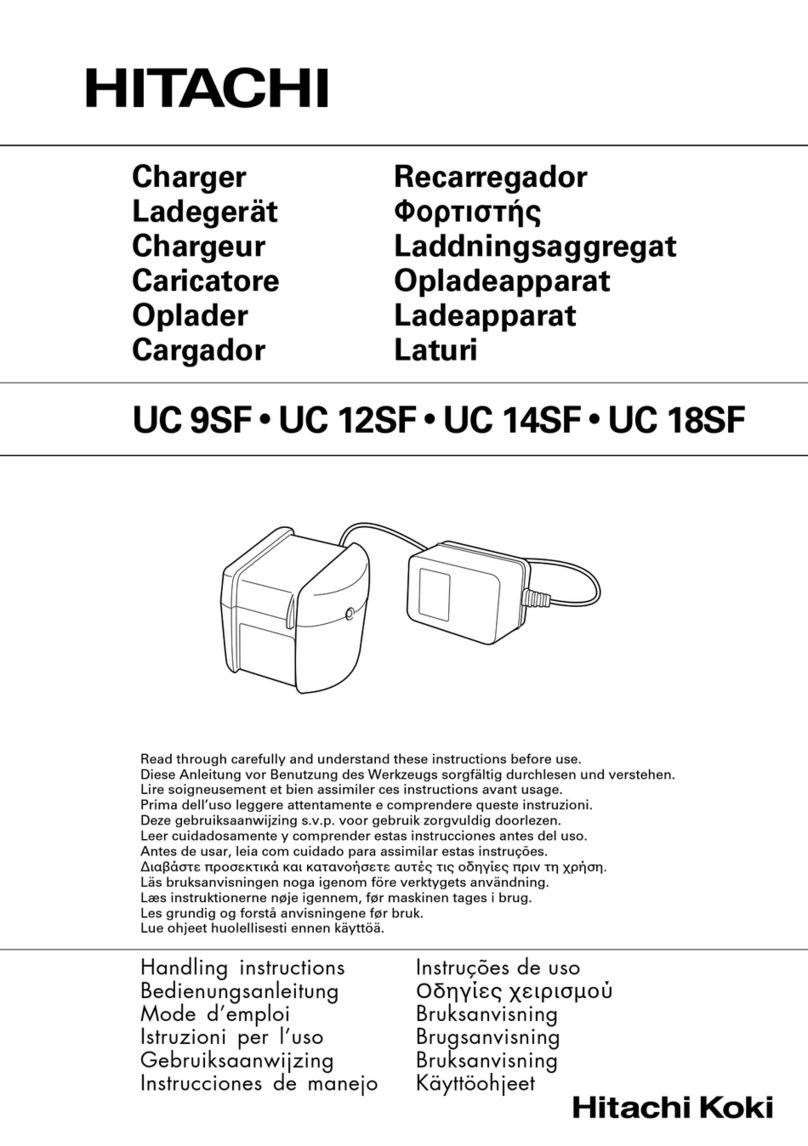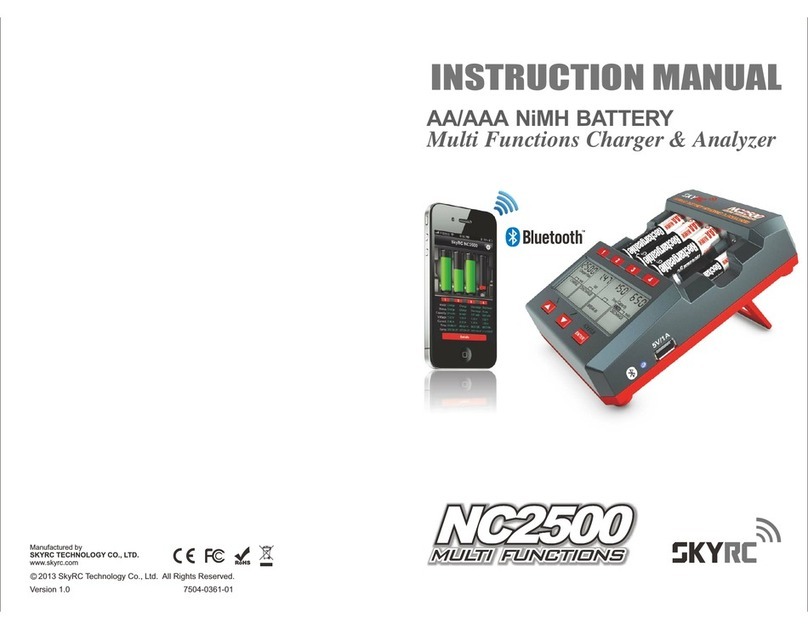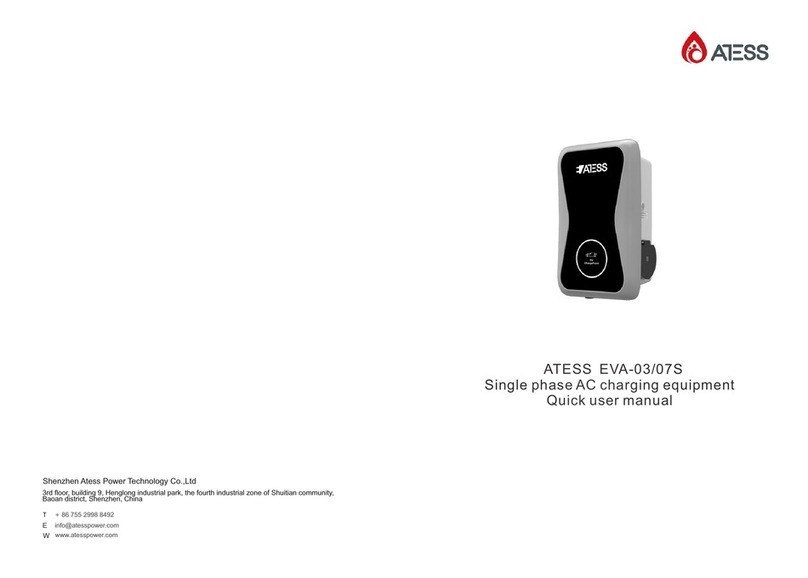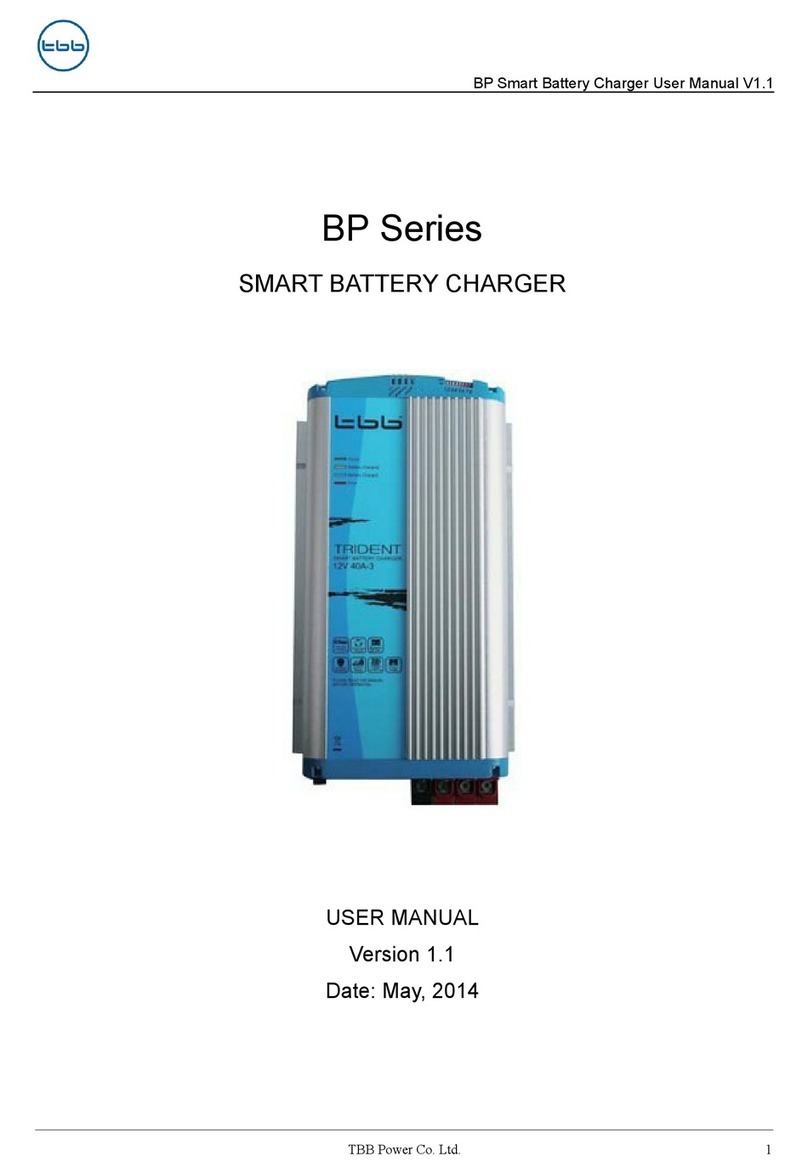
1. CONSERVE ESTAS INSTRUCCIONS - Este #manual
contiene importantes instruccciones de seguridad y
operación para el modelo PL4020
2. No exponga el cargador a la lluvia o nieve.
3. El uso de accesorios no recomendados o no vendidos
por el fabricante puede tener como consecuencia
riesgos de incendio, descarga eléctrica o lesiones
físicas.
4. Para reducir el riesgo de daños al cable y enchufe,
tire siempre de la clavija y no del cable.
5. No se deben usar extendiones a menos que sea
absolutamente necesario. El uso de una extensión
inadecuada podria crear riesgo de incendio y
descargas eléctricas. Si se necesita una extensión,
asegúrese de que:
a. la clavija de la extensión tenga el mismo número
de vástagos, y estos sean del mismo tamaño y
forma que los de la clavija del cargador,
b. la extensión las conexiones correctas y esté en
buen estado eléctrico; y que
c. el calibre delos cables sea adecuado para la
logitud de la extensión, según se especifica del
cable en pies:
Longitud del cable en M : (7,60) (15,24) (30,50) (45,75)
Calibre AWG del cable : 18 16 14 12
6. Para evitar descargas eléctricas, deseche el cargador
de baterías si el cable presenta defectos.
7. No opere el cargador se ha sufrido algún impactso
fuerte, se ha caido o se ha dañado de alguna
manera. Llévelo a un técnico capacitado para que lo
repare.
8. No desarme el cargador. Llévelo a un técnico
capacitado cuando necesite mantenmiento o
reparación. Se se arma incorrectamente se puede
crear un riesgo de descarga eléctrica o incendio.
9. Pare recucri el riesgo de descarga eléctrica,
desenchufe el cargador de la toma de corriente antes
de intentar cualquier mantenimiento o limpieza. Con
solo apagar los controles no se reduce este riesgo.
10. Controle cargador de baterías diariamente cuando se
usa mantener batería por períodos prolongados.
11. ADVERTENCIA - RIESGO DE GASES EXPLOSIVOS.
a. ES PELIGROSO TRABAJAR EN LA CERCANIA
DE UNA BATERIA DE PLOMO-ACIDO. LAS
BATERIAS GENERAN GASES EXPLOSIVOS
DURANTE SU OPERACIÓN NORMAL. POR
ESTA RAZON ES MUY IMPORTANTE QUE,
ANTES DE USAR SU CARGADOR, LEA ESTE
MANUAL, Y SIGA ESTAS INSTRUCCIONES AL
PIE DE LA LETRA.
b. Para reducir el riesgo de explosión de la bateria,
siga estas instrucciones y las indicaciones
publicadas poor el fabricante de la bateria y
el fabricante de los equipos que piensa usar
cerca de la bateria. Vea y lea cuidadosamente
las indicaciones en los productos y en el
compartimiento de la bateria.
1. Asegúrese de que haya persoas que le puedan oir
o estén suficientemente cerca para brindarle auxilio
cuando trabaje cerca de una bateria de plomo-ácido.
2. Tenga siempre cerca agua y jabón en abundancia en
caso de que el ácido de la bateria haga contacto con
cu piel, ropa u ojos.
3. Use protección completa para los ojos, además de la
ropa protectora. No se toque los ojos cuando trabaje
cerca de una bateria de plomo-ácido.
4. Si el ácido de la bateria hace contacto con su ropa o
su piel, lávese inmediatamente con agua y jabón. Si
el ácido entra a sus ojos, enjuáguese inmediatamente
con aguacorriente fria por lo menos durante 10
minutos y consiga atención médico inmediata.
5. NUNCA fume ni permita que haya chispas o fuego
ceca de la bateria o del motor.
6. Tenga sumo cudado para evitar el riesgo de que
se caiga una herramienta de metal sobre la bateria.
Podria ocasionarse una chispa o corto circuito de
la bateriao de alguna otra pieza y producir una
explosión.
7. Quitese todos los objetos metálicos personales como
anillos, brazaletes, collares y relojes que podrian
atorarse en una pieza en movimiento o causar un
corto circuito por ser conductores. Las baterias de
plomo-ácido pueden producir corto circuitos con
potencia suficiente como para derretir un anillo
u otro objeto de metal similar, causando severas
quemaduras.
8. Use el cargador para cargar baterias de PLOMO-
ACIDO solamente. Este cargador no ha sido
diseñado para proporcionar voltaje a sistemas
eléctricos de bajo voltaje que no sean para arrancar
motores. No use el cargador de la bateria para cargar
baterias secas comúnmente usadas bara aparatos
del hogar. Estas baterias pueden estallar y causar
heridas a las personas o a la propiedad.
9. NUNCA trate de cargar una bateria congelada.
PRECAUCIONES PERSONALES
B






















